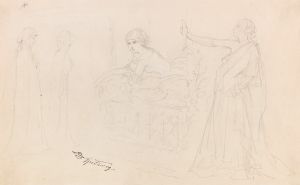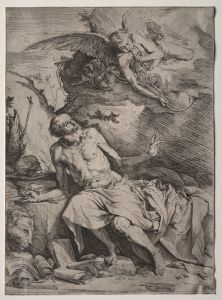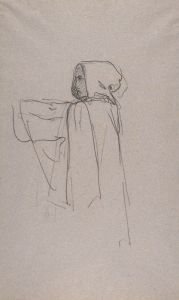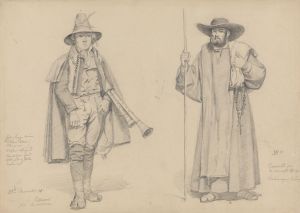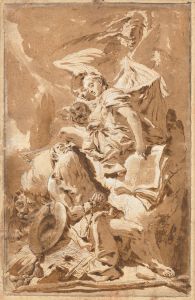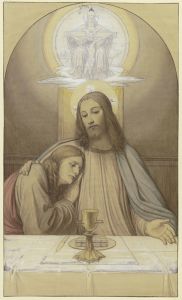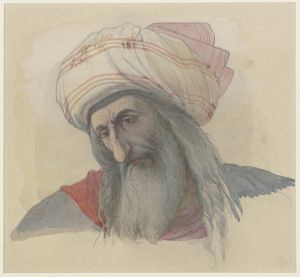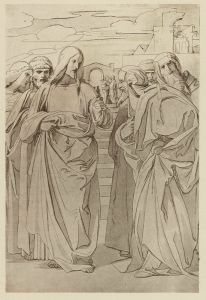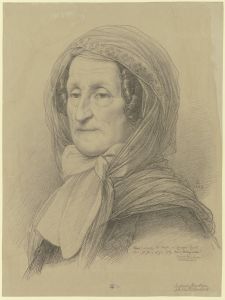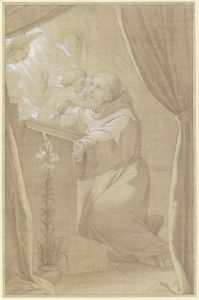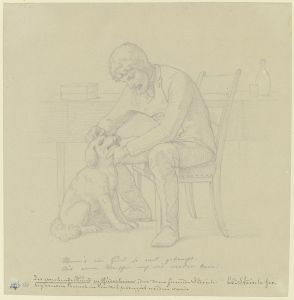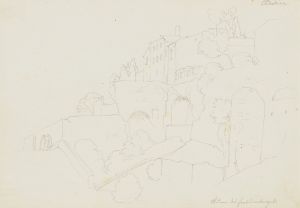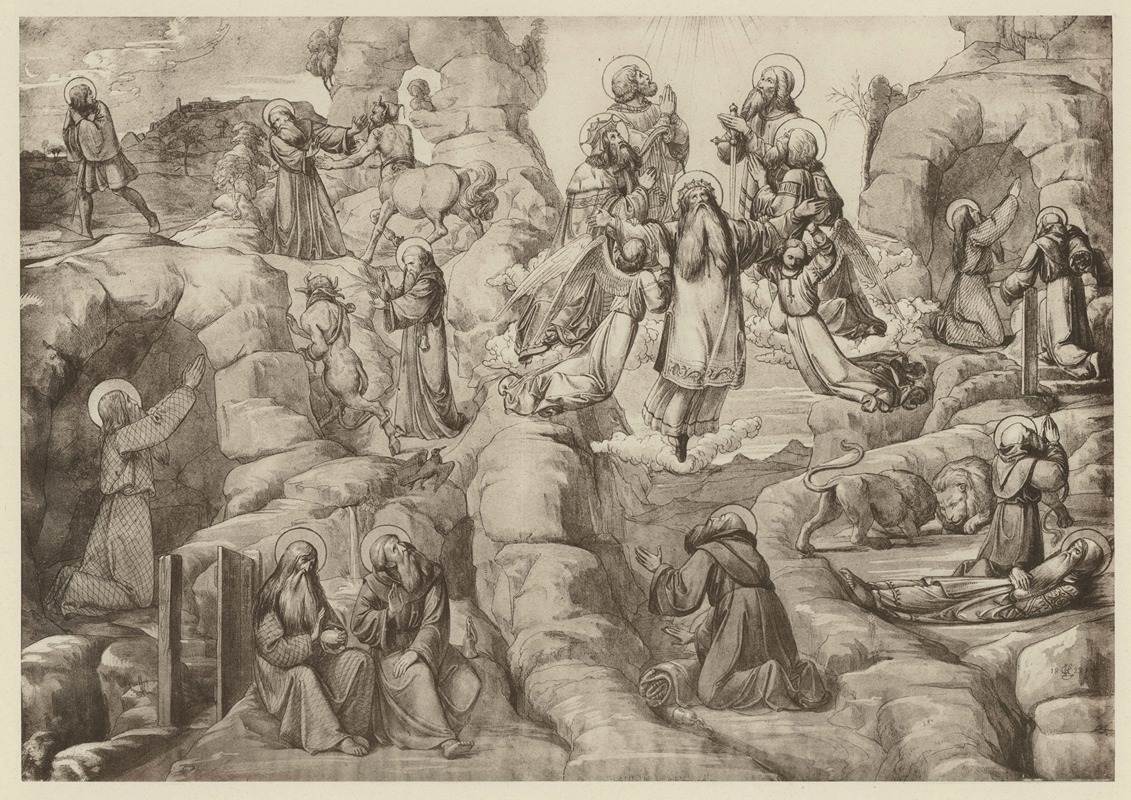
Leben des heil. Paulinus des Einsiedlers
A hand-painted replica of Eduard von Steinle’s masterpiece Leben des heil. Paulinus des Einsiedlers, meticulously crafted by professional artists to capture the true essence of the original. Each piece is created with museum-quality canvas and rare mineral pigments, carefully painted by experienced artists with delicate brushstrokes and rich, layered colors to perfectly recreate the texture of the original artwork. Unlike machine-printed reproductions, this hand-painted version brings the painting to life, infused with the artist’s emotions and skill in every stroke. Whether for personal collection or home decoration, it instantly elevates the artistic atmosphere of any space.
Eduard von Steinle (1810–1886) was a German painter associated with the Nazarene movement, a group of artists in the 19th century who sought to revive the spiritual and artistic ideals of the early Renaissance. One of his notable works is Leben des heil. Paulinus des Einsiedlers (The Life of Saint Paulinus the Hermit). This painting reflects Steinle's characteristic style, which combines religious themes with a meticulous attention to detail and a strong narrative quality.
The artwork depicts scenes from the life of Saint Paulinus, a hermit who is venerated in Christian tradition. Steinle's portrayal is deeply rooted in the Nazarene movement's emphasis on piety and the revival of medieval and early Renaissance artistic principles. The painting is notable for its clarity of composition and the devotional atmosphere it conveys, which aligns with the movement's goal of inspiring spiritual reflection through art.
Steinle's works, including this painting, often feature a harmonious use of color and a focus on storytelling. His ability to convey the sanctity and humility of religious figures made him a prominent figure in 19th-century religious art. The painting likely served as a devotional piece, intended to inspire viewers by illustrating the virtues and ascetic life of Saint Paulinus.
The exact date of the painting's creation and its current location are not widely documented. However, Steinle's broader body of work includes numerous religious commissions for churches and private patrons, suggesting that this piece may have been part of a similar commission. The painting exemplifies Steinle's commitment to the ideals of the Nazarene movement and his skill in rendering religious narratives with emotional depth and artistic precision.
Beyond its artistic qualities, Leben des heil. Paulinus des Einsiedlers serves as a testament to the 19th-century revival of interest in religious art and the ways in which artists like Steinle sought to bridge the past and present through their work. While specific details about this painting's provenance and reception remain limited, it stands as a representative example of Steinle's contributions to religious art and the broader cultural currents of his time.





